Reach Your Potential This Year!
 I love working with each of you at Revolution Training in Stamford, CT, and helping you reach your potential. This is the first of the year and what better time is there to start changing habits and discover the new you that’s been inside all along? One thing I encourage is to take the time to write down your fitness goals and all the things you’d like to accomplish. Take a picture of yourself in workout clothes that are more form fitting, and use it as the “before” picture. Keep it in front of you constantly, reminding yourself the “after” picture will be on New Year’s Eve at the end of the year.
I love working with each of you at Revolution Training in Stamford, CT, and helping you reach your potential. This is the first of the year and what better time is there to start changing habits and discover the new you that’s been inside all along? One thing I encourage is to take the time to write down your fitness goals and all the things you’d like to accomplish. Take a picture of yourself in workout clothes that are more form fitting, and use it as the “before” picture. Keep it in front of you constantly, reminding yourself the “after” picture will be on New Year’s Eve at the end of the year.
Pick a goal and focus on it.
You may have lots of fitness goals, but you need to prioritize them and focus on just one. It should be important to you and not necessarily something that anyone else wants you to do. If good health is your goal, what changes do you need to make to achieve that goal? Do you need to change your diet? Your exercise habits? Your sleep patterns? Is eliminating a bad habit or addiction going to increase the odds of achieving your goal?
You may not think your other goals have anything to do with fitness, but you’d be wrong.
Everything boils down to being your healthiest and fittest. If you don’t have the energy and good health, you can’t achieve everything your goals in business. It’s one reason the movers and shakers in business often have their own personal trainer or a gym for executives. Achieving anything is about mental toughness, picking a goal and doing the things it takes to achieve that goal. You get all those things by sticking with a fitness program, plus boost your health so your body is at its best.
It’s all about focus and consistency.
You won’t get fit by doing 100 push-ups in one day. In fact, unless you’re fit, you probably won’t be able to do them. You need to be consistent and do as many as you can each day. Focus on the things you can change. At each meal, eat more vegetables. Drink more water. Chew your food more thoroughly and slowly. Focus on food that’s closer to its natural state and avoid fried foods, highly processed food and food with added sugar. Make each day the day you’ll eat healthier than the previous day.
- Take time at the end of every day to focus on the good things that are in your life. An attitude of gratitude will help you live healthier, happier and longer.
- Track your progress. Winners keep score, whether it’s about fitness, finance or other areas of your life. Track the things you did to help you get healthier and have written goals. Create a checklist for each day.
- Don’t worry about the detours. Even the best laid plans have a few glitches. Just know you’ll turn it around and get back on track. Focusing on the positive doesn’t mean you ignore negatives. It means you acknowledge them and use them to your advantage.
- Once every month or quarter, take time to assess all the progress you’ve made and adjust your goals if necessary. If you’re following the plan, you’ll be far fitter than expected and probably want to increase your fitness goals.
For more information, contact us today at Revolution Training

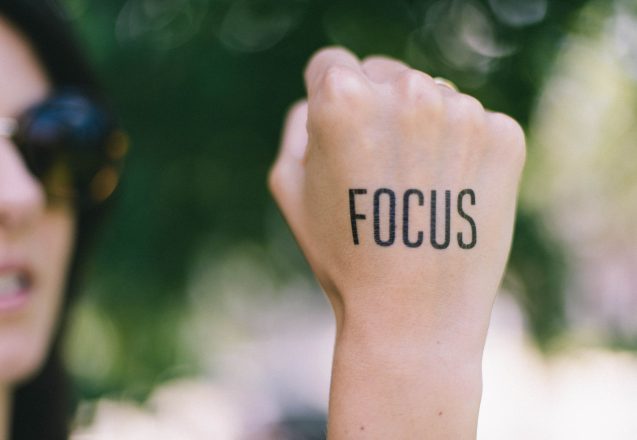
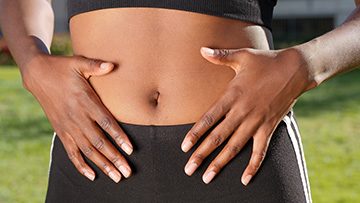
 You know you have legs, you walk on them every day, but it’s been a long time since you’ve actually seen them. Your belly keeps them hidden. Isn’t it time to make a difference and get rid of that Buddha belly? It’s time to get off your butt to lose your gut. We can help you do it and you’ll have fun at the same time. That probably sounds pretty good and you may wonder if it’s too good to be true. In this case, the answer is that it’s absolutely true. Our Focus boxing and other classes don’t feel like exercise, but the focus is on you and your fitness.
You know you have legs, you walk on them every day, but it’s been a long time since you’ve actually seen them. Your belly keeps them hidden. Isn’t it time to make a difference and get rid of that Buddha belly? It’s time to get off your butt to lose your gut. We can help you do it and you’ll have fun at the same time. That probably sounds pretty good and you may wonder if it’s too good to be true. In this case, the answer is that it’s absolutely true. Our Focus boxing and other classes don’t feel like exercise, but the focus is on you and your fitness.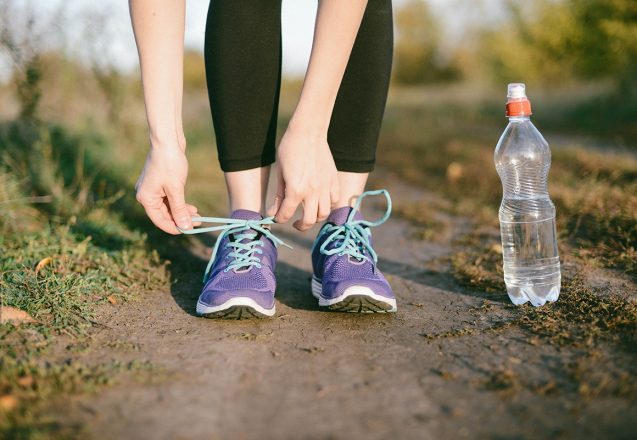
 When you see how hard people workout at Revolution Fitness in Stamford, CT, and how much exercise they get in the time they’re there, you’ll understand that walking 10k steps daily isn’t necessary for those people. There’s a lot of confusion about the 10,000 step recommendation. It’s not necessary if you’re doing high intensity workouts for 150 minutes a week, but is a good way to stay active on your days away from the gym.
When you see how hard people workout at Revolution Fitness in Stamford, CT, and how much exercise they get in the time they’re there, you’ll understand that walking 10k steps daily isn’t necessary for those people. There’s a lot of confusion about the 10,000 step recommendation. It’s not necessary if you’re doing high intensity workouts for 150 minutes a week, but is a good way to stay active on your days away from the gym.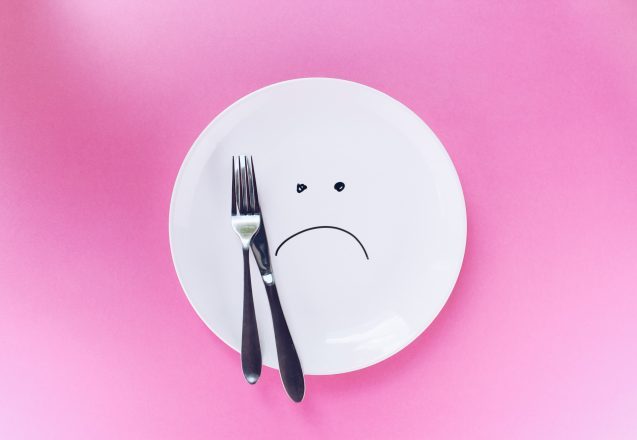
 There are a number of different types of fasts. With strict fasts, you may only drink water for several days, while others, like intermittent fasting, have you fast 16 hours and eat 8 hours, fast for a day or eat lighter a few days a week. The type you choose will determine whether you should workout while fasting. Your body needs energy to workout, so the type of fasting you do and the type of exercising you do makes a huge difference. If you’re doing a water fast for several days, don’t attempt to do intense exercise sessions if you haven’t prepared your body for the task. You can still do low intensity workouts, like walking.
There are a number of different types of fasts. With strict fasts, you may only drink water for several days, while others, like intermittent fasting, have you fast 16 hours and eat 8 hours, fast for a day or eat lighter a few days a week. The type you choose will determine whether you should workout while fasting. Your body needs energy to workout, so the type of fasting you do and the type of exercising you do makes a huge difference. If you’re doing a water fast for several days, don’t attempt to do intense exercise sessions if you haven’t prepared your body for the task. You can still do low intensity workouts, like walking.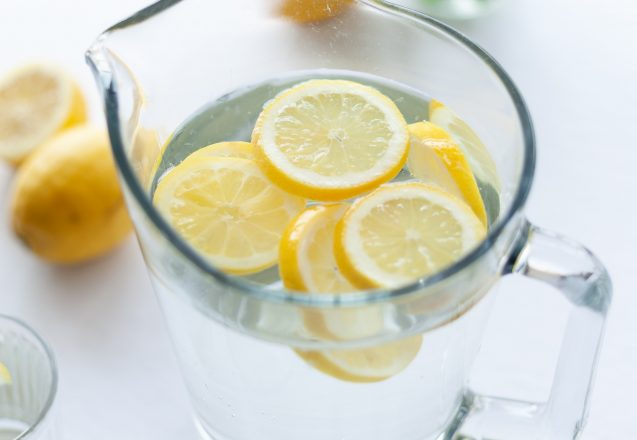
 Hydration is important and water is one of the best ways to hydrate, but you can overdo it. You need to drink for your size and need. A lot of things will affect the amount of water your body needs. If you’re in a room that’s too warm or outside in the hot sun, you’ll need to rehydrate more than if you’re sitting comfortably in an air conditioned room. Water is far more important than food for survival, but how much is enough and when do you cross the line to too much?
Hydration is important and water is one of the best ways to hydrate, but you can overdo it. You need to drink for your size and need. A lot of things will affect the amount of water your body needs. If you’re in a room that’s too warm or outside in the hot sun, you’ll need to rehydrate more than if you’re sitting comfortably in an air conditioned room. Water is far more important than food for survival, but how much is enough and when do you cross the line to too much?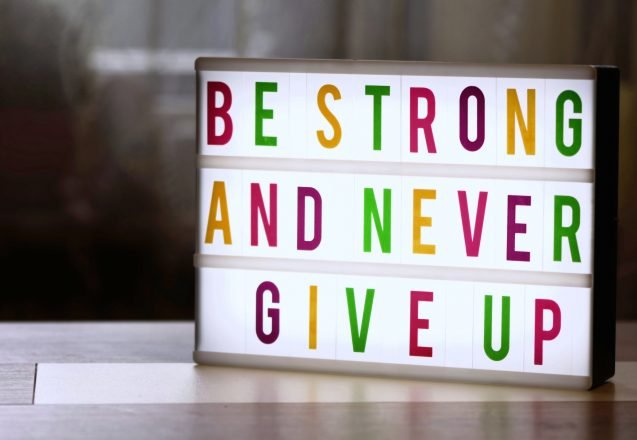
 People in Stamford, CT, come to Revolution training to learn the best exercises for fitness or participate in boxing, which depends on good training and fitness. While we work with people of all fitness levels, we also need to know more about you to be effective, especially if you’re recovering from surgery. What types of exercises should you be doing? That all depends on the type of surgery you had and how far along you are in the healing process. You also need to clear any workout program with your doctor or physical therapist.
People in Stamford, CT, come to Revolution training to learn the best exercises for fitness or participate in boxing, which depends on good training and fitness. While we work with people of all fitness levels, we also need to know more about you to be effective, especially if you’re recovering from surgery. What types of exercises should you be doing? That all depends on the type of surgery you had and how far along you are in the healing process. You also need to clear any workout program with your doctor or physical therapist.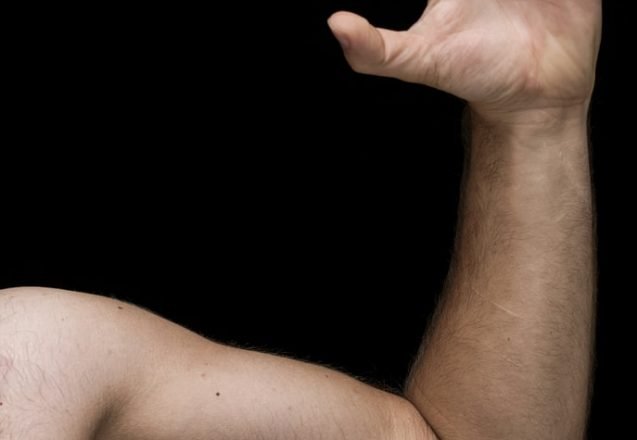
 Building muscles means doing some type of strength training. However, there’s also a difference between being strong and being muscular. At Revolution Training in Stamford, CT, we help people do both. When beginners first start working out, exercises that build strength may also be the same for building muscles. That overlap ends as you get more seasoned. If you want to be strong, that’s one thing, but if you’re a bodybuilder who wants to compete, you need to go an entirely different direction since your goal is all about size and body aesthetics. The weight lifters at an Olympic level have smaller muscles than a less strong bodybuilder.
Building muscles means doing some type of strength training. However, there’s also a difference between being strong and being muscular. At Revolution Training in Stamford, CT, we help people do both. When beginners first start working out, exercises that build strength may also be the same for building muscles. That overlap ends as you get more seasoned. If you want to be strong, that’s one thing, but if you’re a bodybuilder who wants to compete, you need to go an entirely different direction since your goal is all about size and body aesthetics. The weight lifters at an Olympic level have smaller muscles than a less strong bodybuilder.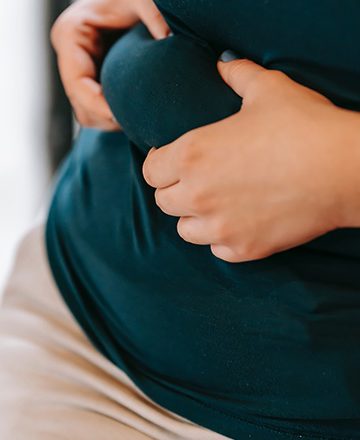
 I have a lot of friends in the fitness industry that are so intent on learning the latest scientific discoveries, they forget about the simple ways to start losing fat. It’s easy to do. The more you know, the more you forget that not everyone has the same fitness experience as you do and the more you start to focus on the complicated. Let’s take one simple example. I have a client that followed his diet to a T, worked out and still wasn’t getting his desired results. After several talks, I learned he drank five or six colas a day. Soft drinks are nothing but carbonated sugar water. They pack on the pounds. He switched to water and got back on track.
I have a lot of friends in the fitness industry that are so intent on learning the latest scientific discoveries, they forget about the simple ways to start losing fat. It’s easy to do. The more you know, the more you forget that not everyone has the same fitness experience as you do and the more you start to focus on the complicated. Let’s take one simple example. I have a client that followed his diet to a T, worked out and still wasn’t getting his desired results. After several talks, I learned he drank five or six colas a day. Soft drinks are nothing but carbonated sugar water. They pack on the pounds. He switched to water and got back on track.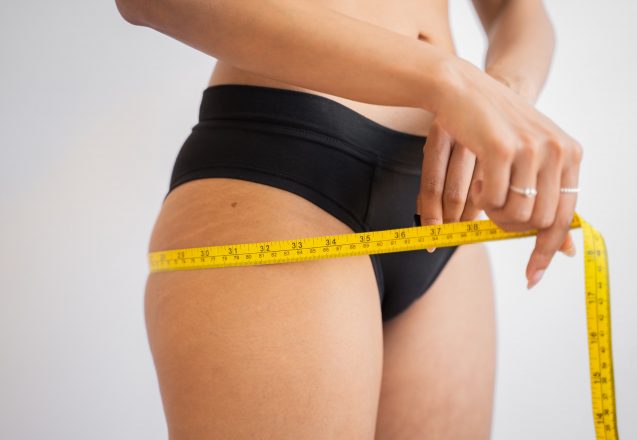
 If you’re doing everything you believe is right, but still not getting the results you want, maybe you need to change things up and do something different. At Revolution Training in Stamford, CT we focus on helping people achieve their goals, getting stronger, losing weight and achieving the fitness goals you desire, while having fun. One problem that faces many people, particularly after a few months or years of exercise, is that they plateau and stop achieving more or the results come slower. It’s a common problem that occurs when you do the same workout continuously.
If you’re doing everything you believe is right, but still not getting the results you want, maybe you need to change things up and do something different. At Revolution Training in Stamford, CT we focus on helping people achieve their goals, getting stronger, losing weight and achieving the fitness goals you desire, while having fun. One problem that faces many people, particularly after a few months or years of exercise, is that they plateau and stop achieving more or the results come slower. It’s a common problem that occurs when you do the same workout continuously.